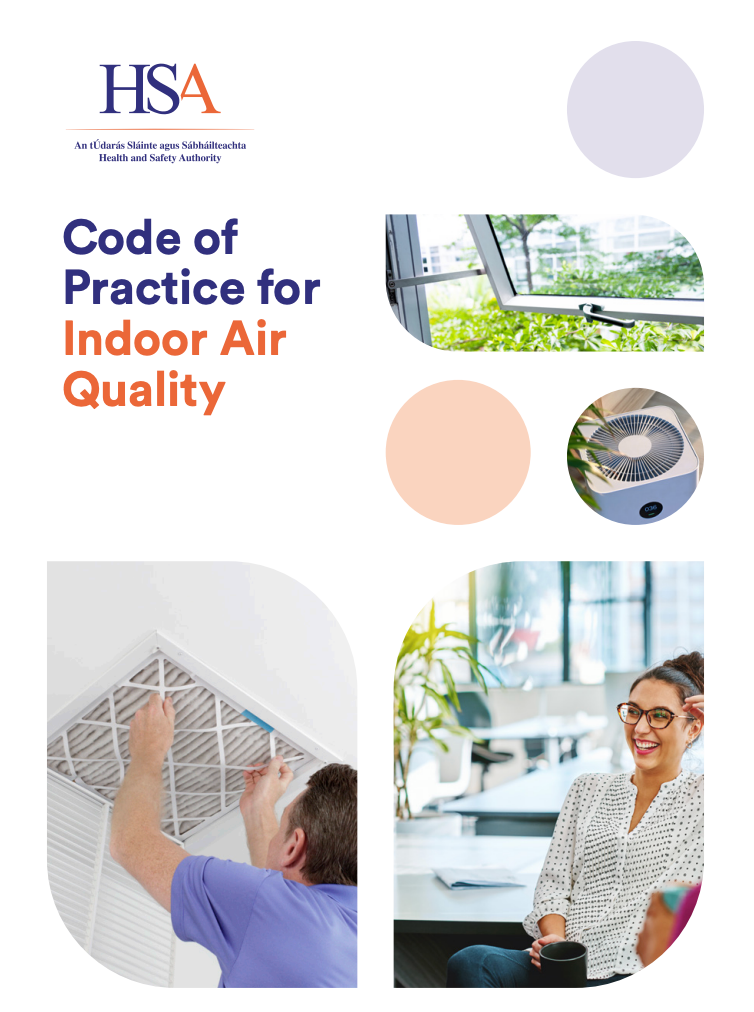In a time when urban sustainability is at the forefront of technological innovation, smart air quality is beginning to be viewed as a crucial component in our endeavours to reduce energy consumption, CO2 emissions, and the impact of pollution on indoor air quality.
This
green approach to managing air quality not only aids in preventing pollution-related health problems but also plays a pivotal role in overall energy efficiency. As our urban cityscapes become well-adapted with innovative functions embedded into their infrastructure, smart air quality is taking off, leading the way toward a healthier, more sustainable future for all.
In this blog, Ultra Protect, the experts in all things related to air quality will explore these smart systems, how they work, their many benefits, and the industries they will transform through implementation.
What is Smart Air Quality?
Smart air quality generally refers to an adaptive system with advanced sensors, automated monitoring, real-time analytics, and instant response systems that continually improve air quality. These dynamic insights and consistent, real-time adaptations differentiate smart air quality from traditional air quality monitoring, which often relies on static, outdated data.
As information is gathered, smart air quality systems respond nearly instantaneously, adjusting ventilation and filtering out indoor pollutants while reducing energy consumption. With their seamless integration with building infrastructure, these systems are becoming increasingly valuable to urban planning.
The Role of Smart Air Quality in Urban Sustainability
Air pollution has been, and still is, an issue within urban areas. Air quality levels have deteriorated substantially, from industrial particulates to traffic emissions, impacting the planet's health and the public, endangering many by exacerbating the root causes of respiratory and cardiovascular ailments.
Smart air quality provides an actionable and transformative solution by aligning air quality management with a holistic approach to sustainability and health.
1. Real-Time Monitoring
Traditional air quality systems are often outdated and lagging, providing irrelevant data by the time they have finished processing. On the other hand, smart air quality systems have built-in IoT sensors that allow for real-time monitoring and relevant insights.
2. Reducing Carbon Footprints
By pinpointing and identifying pollution hotspots, smart air quality systems can automate and take corrective measures. Buildings with smart air quality integrated can manage HVAC systems to cut energy consumption during off-peak hours, effectively reducing CO2 output.
3. Improving Health
Poor air quality has long been associated with a long list of respiratory issues, cardiovascular problems such as heart disease, and even premature death. By optimising the quality of their environment, smart systems can significantly reduce these health concerns while improving the overall productivity of employees.
How Does Smart Air Quality Work
For example, smart air quality systems like inBiot function through a combination of data collections, analytics and automated responses. The process goes as follows:
Step 1: Collecting Environmental Data
Sensors installed in buildings can measure a range of pollutants, such as carbon dioxide, particulate matter, nitrogen dioxide, and volatile organic compounds. By continuously monitoring and collecting data, these smart sensors can offer detailed insights into air quality.
Step 2: Analysing Data
The collected data is then stored on a cloud-based platform for instant analysis. Machine learning systems predict potential pollution spikes, underscore identifiable patterns and recommend specific solutions.
Step 3: Automated Responses
Should any irregularities or changes in air quality be detected, an automated response is triggered, such as activating air purifiers or increasing ventilation when and if pollution levels spike.
Step 4: Integration with building Infrastructure
Synergistically, smart air systems work alongside existing infrastructure, which can include HVAC systems, lighting, and smart grids. This unification profoundly impacts energy efficiency while ensuring consistent air quality standards.
What Industries Benefit from Smart Air Quality?
A notable attribute of smart air quality is its ability to become an integral component across varying sectors and industries. Here are four that benefit greatly from smart air quality systems:
1. Healthcare
Maintaining high air quality standards is paramount for hospitals and GP clinics in preventing and spreading infections. By reducing the likelihood of pathogens and contagions spreading, smart systems create a safer environment for both patients and medical staff.
2. Manufacturing
Factories and industrial plants are known for producing pollutants that impact workers and the surrounding environment. By installing smart air monitoring systems, industrial businesses can reduce workplace health hazards and comply with governmental regulations.
3. Education
Schools, colleges and universities can benefit from having smart air quality systems as cleaner air enhances student performance and reduces the potential for sickness. Not only is a healthier learning environment provided, but the implementation of smart air quality systems also optimises energy usage and costs.
4. Transportation
Transport hubs like airports and train stations experience high pollution due to emissions and public footfall. They can also, at times, be breeding grounds for airborne pathogens. Smart systems regulate and monitor air quality with optimised ventilation, ensuring travellers remain both comfortable and healthy.
Will Smart Indoor Air Quality Monitors Become Mandatory?
For now, this is speculative, but with the rising concerns about environmental challenges becoming stratospheric, and with the public's conscience veering towards sustainability, it's becoming increasingly likely that smart air quality systems will become mandatory.
Regulatory bodies worldwide have begun to march towards higher air quality standards, and smart technology offers a real, practical solution for global compliance.
With highlighted issues revolving around public health concerns, meeting climate goals, green energy protocols and urban planning regulations, there is a high probability that
smart buildings will become mandated.
Why Smarter is Better
Existing at the intersectionality between technology, sustainability, and human well-being, smart air quality provides industries ranging from healthcare and education to manufacturing and transportation with a way to align their infrastructure to prioritise air quality and energy efficiency.
By monitoring and managing air quality in real time, reducing CO2, and integrating seamlessly with urban planning, smart air quality systems are becoming a necessity as we face environmental challenges like climate change and urbanisation.
If you're ready to embrace the future of urban sustainability and air quality monitoring, Ultra Protect is here to help.
Make the smart choice and
contact us today to begin building a healthier, better tomorrow.







